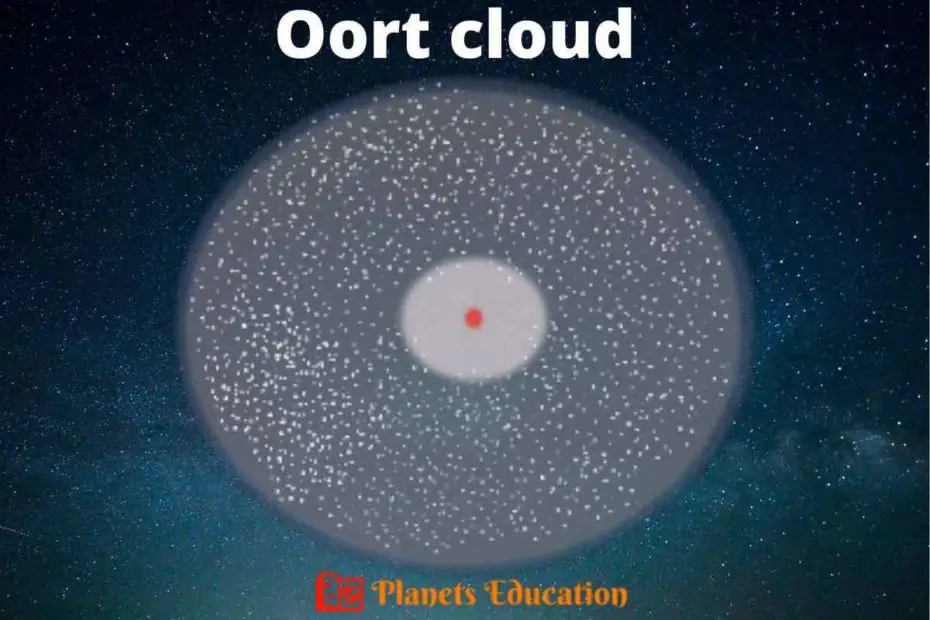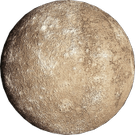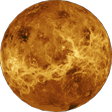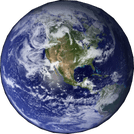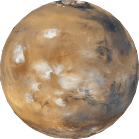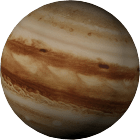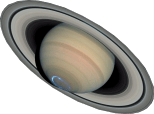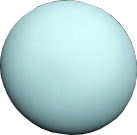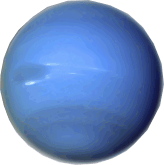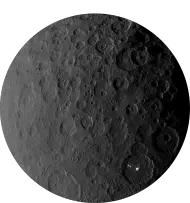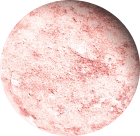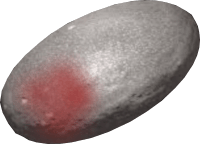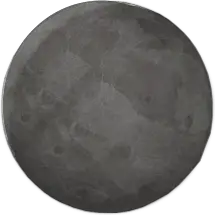Oort cloud is a spherical region that has surrounded our planetary system and sun. It is the most distant region in our solar system ranging from 2000 AU to 200,000 AU from the sun.
- It is believed that it looks like a giant spherical icy shell covering the sun.
The objects of the Oort clouds come in the category of Trans-Neptunian Objects (TNOs), but it lies beyond the orbit of Neptune. Even it is much farther than the Kuiper belt region.
- One of the facts about the location of the Oort cloud is that even light can take more than 3 years to cross the outer edge of the Oort cloud.
| “It is the broadest but least known region of our solar system.” |
Here in this article, we will know many interesting facts and information about the Oort cloud.
Facts about Oort cloud
Here we have given many interesting and cool facts about the Oort cloud. (It’s all the cool facts because it is one of the coldest regions of the solar system…Lol).
-
It has two different shapes and region
This icy region is divided into two regions, 1. Inner Oort Cloud, 2. Outer Oort cloud.
The inner region has the shape of the disc or torus, it is extended in the range of 2000-20,000 AU from the sun. (1 AU is the distance between the sun and earth, and is around 150 million km).
Whereas the outer region has a spherical shape. This outer region is extended in the range of 20,000-50,000 AU from the sun. Though some astronomers have estimated that it could be up to 200,000 AU from the sun.
-
The planetary system is nothing compared to its broadness
As mentioned above, it may have extended up to 200,000 AU from the sun. Taking this into consideration, the extension of the planetary system (all planets, asteroids, other objects) is almost negligible.
As we know the farthest planet Neptune has an orbital range of around 30 AU only. And thus the planetary system region extends only 30 AU. Whereas the Oort cloud region may have extended up to 200,000 AU.
| Check About:- Facts of All Solar System Planets in Order |
-
Its existence was predicted
In 1932, Estonian astronomer Ernst Öpik was the first one who predicted that there could be a region in the outermost edge of the solar system, and the objects of this region orbit the sun.
“Later a Dutch astronomer Jan Oort proposed the exitance of it in 1950. Therefore the Oort cloud name is taken from the Jan Oort. Though sometimes it is also known as Öpik–Oort cloud“.
-
This is known as the home of comets
There are mainly two types of comets in our solar system, 1. Short-period comets, 2. Long-period comets. Elliptic comets or short-period comets are those comets that orbit the sun in the same plane in which planets exist. Comet Halley is a short-period comet, it is visible from the earth every 75-76 years.
| Read About:- Comets in Our Solar System |
Isotropic comets or long-period comets have a long orbital path of around more than many thousands of AU. It can be seen in every direction of the sky.
These long-period comets originate from the Oort cloud region. According to estimation this region is the home of long-period comets and can have almost trillions of the comets and other objects. Though this is just a hypothetical concept, no comets have been observed by anyone from this region so far.
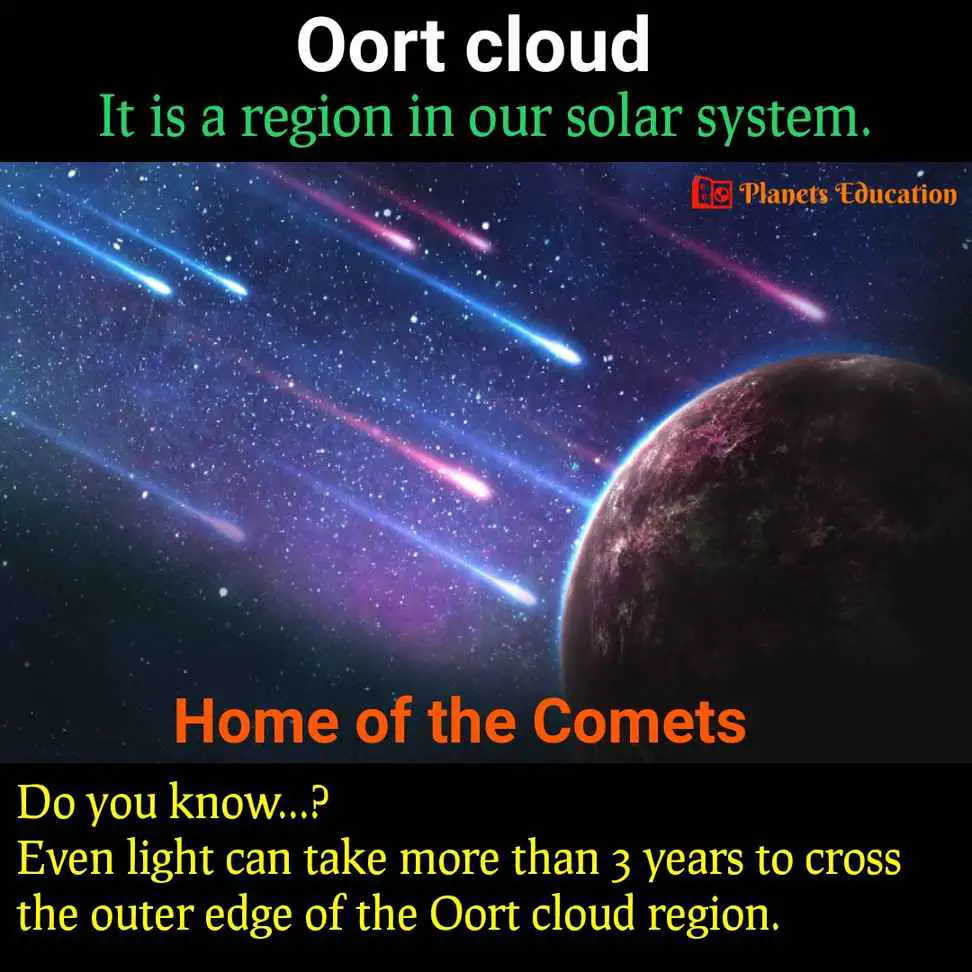
-
Exhausted spacecraft will reach in future
The Oort cloud is the farthest region of our solar system. We have not sent any space probes to explore this region. If we send it, it would take more than thousands of years to reach there using the current technology.
Though some spacecraft would reach there in the future such as Voyager 1, Voyager 2, and New Horizon. But there would be not enough fuel to operate these explorers. They can reach there because of the initial velocity without any function.
-
Coldest and Darkest
The Oort cloud is one of the coldest and darkest regions. Even the light of the sun takes many days to reach the inner edge of it. So due to low radiation availability, it is the coldest and darkest region of the solar system.
-
Light can take more than 3 years to pass it
As the outer edge has been estimated to extend up to 200,000 AU. As we know, 1 AU is the distance between the sun and the earth and is approximately 150 million km.
So mathematically to cross 200,000 AU for the rays of the sun’s light, can take almost 3.2 light-years. Thus it represents the broadness of our solar system and the gravitational pull of our sun.
What is in the Oort cloud?
So what do you think about what could be there in the farthest region of our solar system? Though this region is part of our solar system and most of the solar system region has been explored a little by humans so far. But this is the region that humans or their spacecraft have not been able to reach.
It has been estimated there may be trillions of icy objects with a diameter of more than one kilometer and billions of other bigger objects (more than 12 km) in the Oort cloud region. Most of the comets of our solar system originated from this region. So it is said that this region is the home of the comets.
The Oort cloud objects (OCOs) or comets are made of ices of water, methane, carbon monoxide, and hydrogen cyanide.
This region is the biggest region of our solar system. It is divided into two regions: 1. Inner Oort cloud, 2. Outer Oort cloud.
According to estimation, the mass of the outer cloud Oort is approximately 3.1 × 1025 kg only which is around 5 times the earth. Whereas no estimated mass has been confirmed for the inner region so far.
So I hope you have got, what is in the Oort cloud. It all has millions of millions of icy objects and is known as the home of the comets.
Where is the Oort cloud located?
The farthest planet in our solar system is Neptune and it is located 30 AU from the sun. I hope you must have read about the Kuiper belt being one of the farthest regions of the solar system.
- If not read yet, go for here: Kuiper belt. It is the place where Pluto exists.
After the Kuiper belt, a region came known as the scattered disc region. It is farther than the Kuiper belt region. And now hereafter the scattered disc region, our inner cloud region comes into the existence.
The inner cloud Oort region has the shape of a disk. After this our farthest region of the solar system come into the existence known as the outer Oort cloud region. And this outer region has a shape of a big and broad spherical bubble, covering the whole planets, moons, asteroids, and all other solar system bodies.
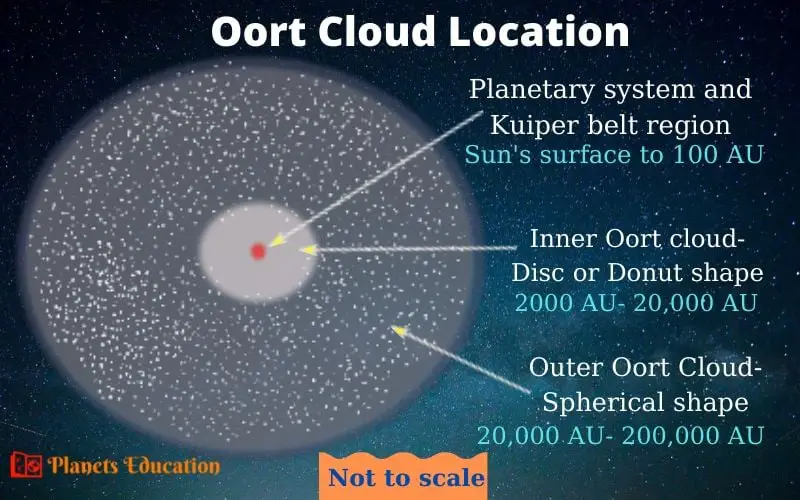
So this region is located after scattered regions and every region of the solar system. It represents the end of our solar system.
-
Oort cloud distance from the sun
The inner Oort cloud distance from the sun starts from almost 2000 AU to 20,000 AU. Whereas the outer region expands from 20,000 AU to 50,000 AU. Though some scientists believe that the outer region is much beyond and reaches up to 200,000 AU.
Hence the Oort cloud may be located from 2,000 AU to 200,000 from the sun. For information, our Kuiper belt region is located between 30 AU to 100 AU from the sun. And after 100 AU to 2000 AU, the scattered disc is located.
-
Where does the cloud Oort begin
As the scattered disc region has a disc shape, it extended up to 2000 AU from the sun. And here inner Oort cloud starts to begin and overlaps with the scattered disc region. So the inner cloud region also has the shape of a disc or torus.
As it goes on further, it takes the shape of a spherical until it reaches the boundary of the outer Oort region. So overall it begins from the 2000 AU at the end edge of the scattered disc region.
-
What is outside the Oort cloud
The Oort cloud itself is the outer part of the solar system. As suggested by many scientists it may be extended up to 200,000 AU (almost 3.2 light-years).
After this region, our sun does not affect the gravitational pull on the objects. Even at its outer edge the distance between the OCOs is more than a billion kilometers.
As the outside of this region, other stars start affecting the region by their own gravitational pulls. The nearest star Proxima Centauri is located only 4.2 light-years away from us. So on one side, this star can affect the region outside of the Oort cloud. Whereas on the other side, other neighboring stars can own it.
Kuiper belt and Oort cloud
The Kuiper belt and Oort cloud are the two regions of our solar system that exist outside of the planetary system. The Kuiper belt objects (KBOs) are bigger compared to the Oort cloud’s objects (OCOs). Most of the Oort cloud objects are comets.
The dwarf planet pluto is the biggest KBOs and it has many other dwarf planets including other rocky and icy objects. Whereas cloud Oort only has icy objects and this region is filled by comets such as Halley’s Comet (Comet Halley) and other small solar system bodies.
| Related:- Kuiper Belt Facts and Information |
So, these were some interesting information and facts about the Oort Cloud. I hope the information in this article would have helped you and you must have enjoyed reading it.
Read here about all planets, dwarf planets inside Oort Cloud:-
